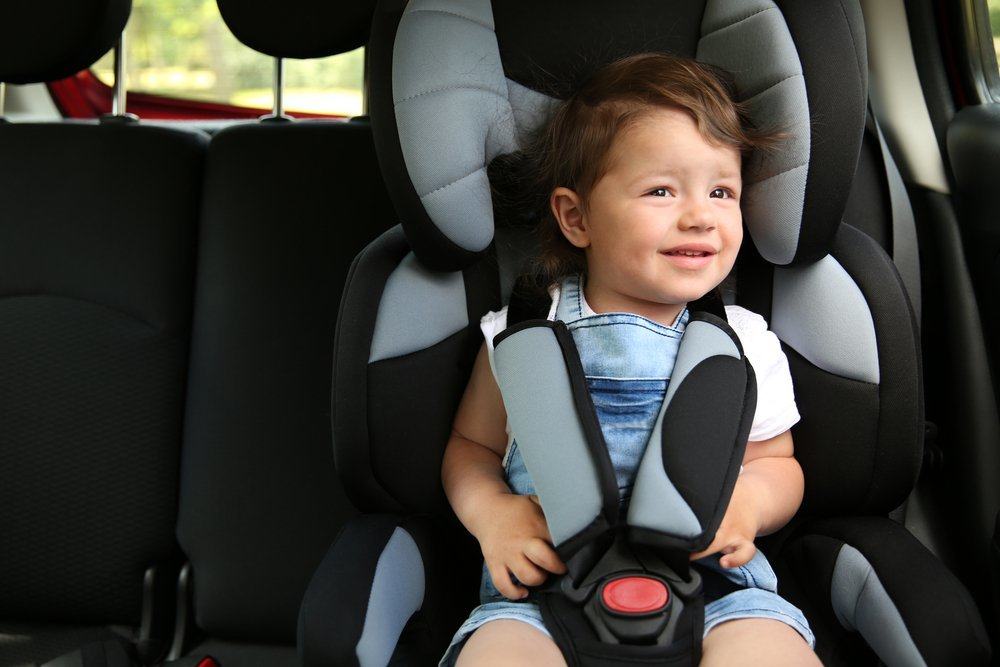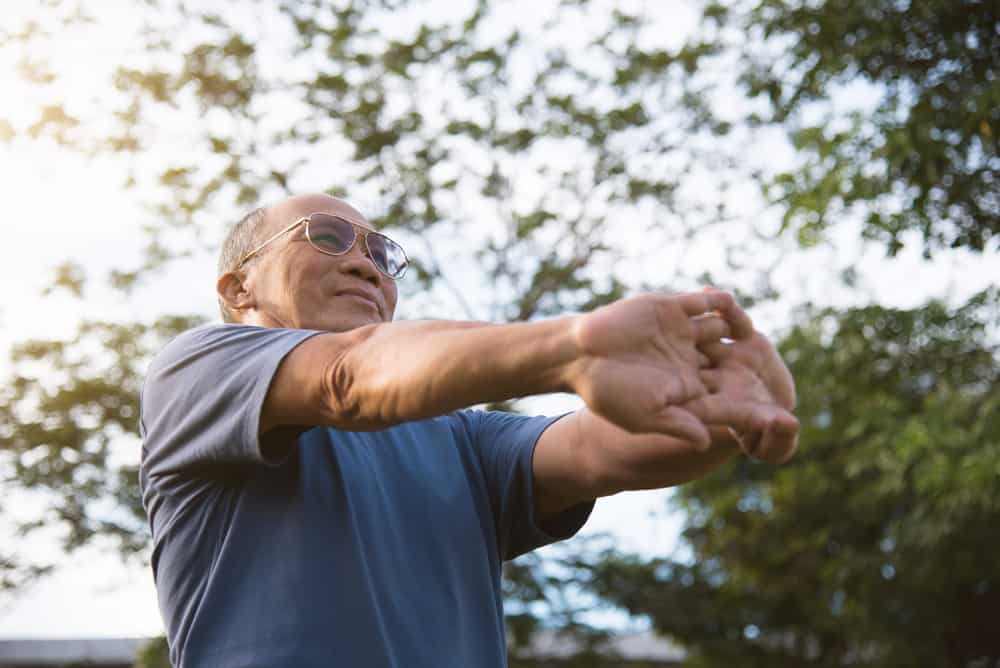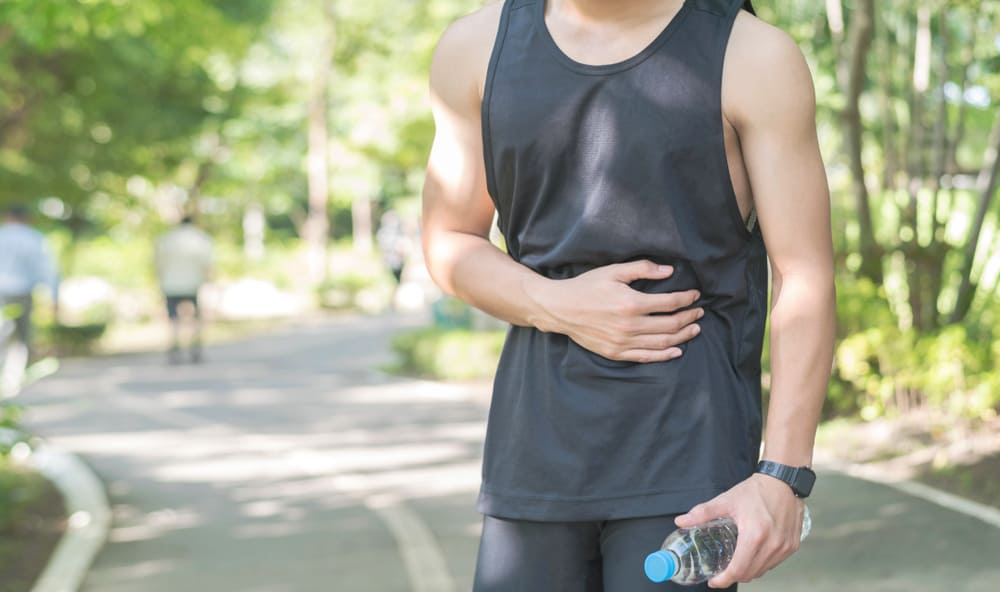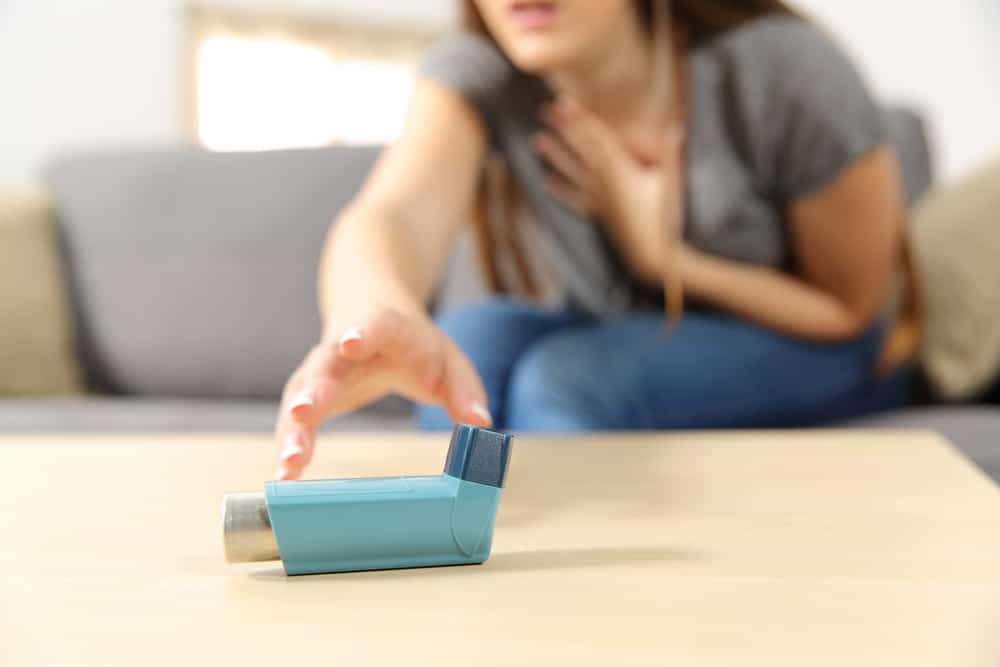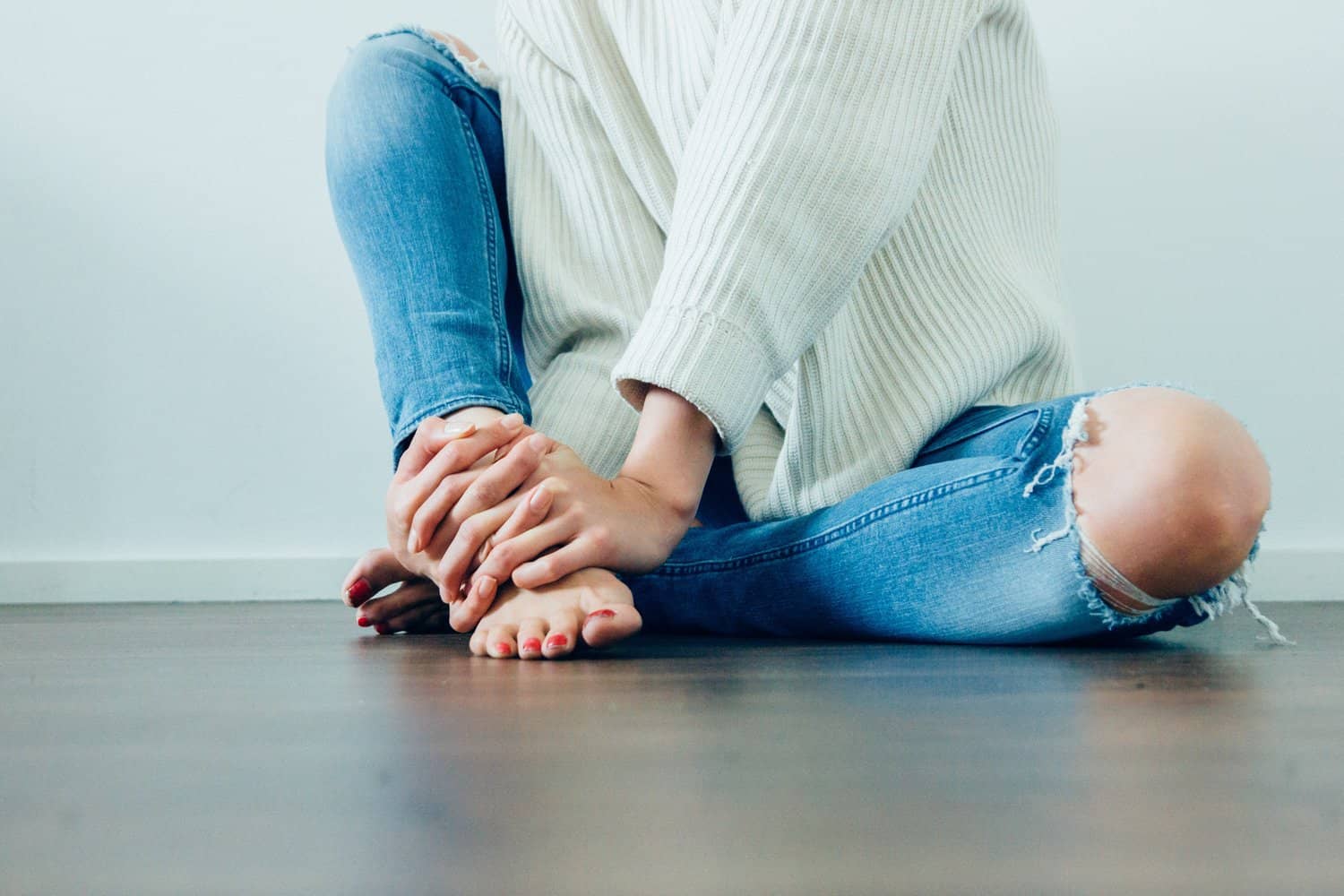Contents:
- Medical Video: Importance of proper forward-facing child restraint installation
- Why should I use a car seat for children?
- What are the types of car seats for children?
- 1. Rear facing car seat
- 2. Front facing seats
- 3. Chair booster
Medical Video: Importance of proper forward-facing child restraint installation
Car seats for children, which are installed correctly, will help prevent children from being thrown in the car or falling out of the vehicle in the event of an accident. One of the most important tasks for parents is to maintain the safety of your child when driving a vehicle. Every year, many children are killed or injured in car accidents, but using a car seat for children can help keep children safe.
Why should I use a car seat for children?
The anatomy of children and adults is very different. Children have bigger and heavier heads in proportion to their bodies. For example, babies have a head weight of about 25% of their overall body weight, whereas adults only have a head weight of 6% of all body weight.
The skeleton of a small child is soft and still developing. The bones in the neck and in the spine are connected by cartilage, not solid bone. The process of hardening these bones does not begin until the child is 2 years old and it takes years to complete.
In a car crash, all objects in the car will be thrown forward, including the heads of all people inside. The body is restrained by a belt, but their head is out of control. Especially for toddlers, their heavy heads will be thrown forward with extraordinary strength. When their heads are thrown forward in an accident, the entire force of impact is supported by the fine bones of an immature child. The child's neck is not strong enough to protect their spinal cord.
What are the types of car seats for children?
Car seats for children are divided into three main groups, depending on the age or weight of the child, such as:
1. Rear facing car seat
This chair is suitable for babies up to 15 months old or who weigh up to 13 kg, some of which can be mounted on a car seat frame for long trips. Children can bend their legs easily and comfortably on this type of chair. Foot injury is very rare in children who use a car seat facing back. If the baby slides down or sideways, a blanket or cloth can be placed on both sides of your baby. You can also put blankets or diapers between the straps and baby crotch. Do not place pads under or behind your child's body, unless they are originally manufactured by the manufacturer.
2. Front facing seats
This chair is suitable for children weighing 9-18 kg or those aged around 9 months to 4.5 years. These chairs have various types, such as:
- Chair convertible: This chair can be used in two directions, namely facing forward and backward, so this is also included in the 3-in-1 seat.
- Chair combination with harness: This chair can be used for children weighing from 18-40 kg, depending on the type of model.
- Built in seat: This type has a variety of weight and height limits. However, do not use this chair for children under 2 years.
3. Chair booster
This chair is suitable for children weighing 15-36 kg or for ages 3-12 years. This chair has two types, namely with backrest and not. This chair does not use a rope, but uses a chair and seat belt that is in your vehicle. They are designed to elevate the child to the lap and seat belt right on the child's shoulder. Most chairs booster not guaranteed for vehicle seats with low seat belts.
When using a chair booster, You should always read the manual on the chair before installing it. Chair booster often have a guide regarding the position of the seat lap and the position of the correct shoulder belt. You need to note that, the chair booster only works for cars that have a shoulder seat belt, and if at the back of your car only have a waist belt, then move the seat booster forward, or attach a shoulder seat belt to your car.
READ ALSO:
- Tips for Overcoming Ringing Ears When Riding a Vehicle
- Overcoming Vehicle Hangover in Children
- Tips for Comfortable Sleeping Standing in a Public Vehicle

